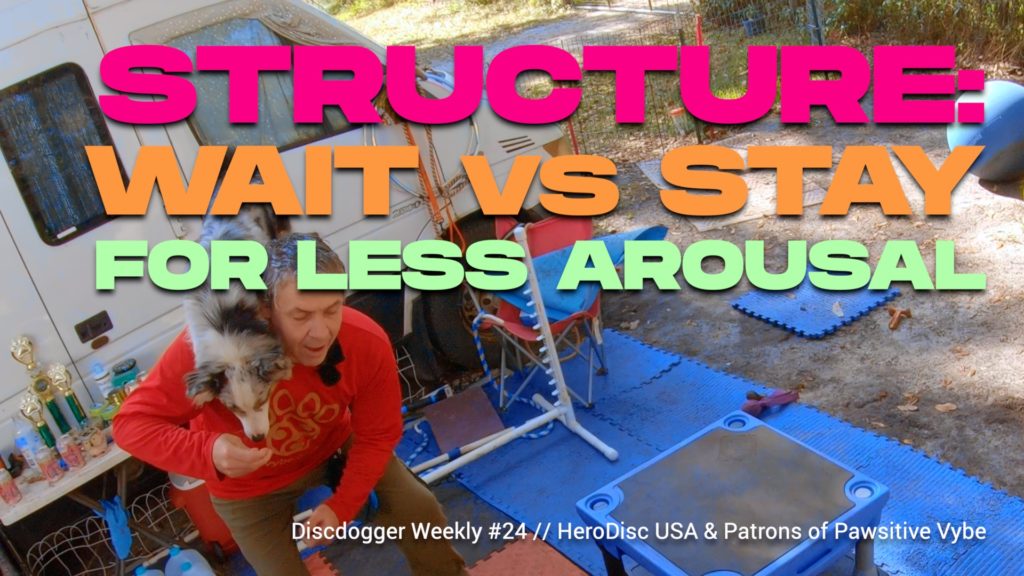
Wait vs Stay Using a Back Stall with An Over-Aroused Dog | Pt 3
Session 3 with Motown shows a significant reduction of arousal and a marked increase in DriveDrive is focus and energy applied towards work. There are many kinds of Drive: social drive, tracking drive, prey drive, bite/kill, stalking, and food to name a few. Social drive, prey drive, and... More. Drive is energy and action applied towards work. Building off of Session 1 and Session 2, we’re moving forward with an increased level of criteria for the target behaviors and are adding Attention, or unsolicited eye contact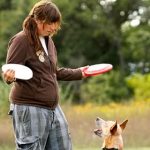 Unsolicited eye contact or Attention is a great way to hook up with a dog. If you have something the dog wants he should give eye contact in order to get access to... More to the mix to add some additional structure for further reduction of arousal and increased Drive.
Unsolicited eye contact or Attention is a great way to hook up with a dog. If you have something the dog wants he should give eye contact in order to get access to... More to the mix to add some additional structure for further reduction of arousal and increased Drive.
Tossing Your Cookies
Tossing cookies on the ground is a great way to handle an over-aroused dog. First off, it gets rid of the pressure and pushing up on the hand and handler during cookie delivery. Escaping that situation and avoiding the undesired behavior is text book positive dog training.
In addition to avoiding the unwanted behavior, cookies on the ground are inefficient delivery which means that the handler will get a break from an over-aroused dog’s pressure for a moment and the dog will be busy trolling for the cookies and not up in your face.
Cookies on the ground present a competing interest during down time between reps. You can see Motown taking moments to troll the ground during this session in case he missed a cookie or something. This time and disengagement gives me the opportunity to capture attention and reinforce engagement rather than being the object of some little cookie addict’s mad desires.
Sniffing the ground and trolling for cookies is a calming signal or displacement behavior that can, and does reduce a dog’s arousal level.
Attention Before Action
Cookies on the ground and/or momentary disengagement by dog or handler allows the handler to capture Attention before moving on to action.
A dog that has Drive to work, in absence of a clear cue, should look to the handler before acting. Dogs that are highly aroused and dog’s that are on autopilot don’t do this. Highly aroused dogs and dogs on autopilot act first and look to the handler for the cookie later.
This action before Attention and lack of eye contact and focus on the handler is part of the Oppression of Offered Behaviors which we covered in Session 2. It is impossible to reduce a dog’s arousal without interrupting or taking responsibility for the dog’s actions if the dog acts first and looks later.
Attention as Permission
When I started with Attention (aka: unsolicited eye contact), Motown was marked for Attention and immediately acted. This autopilot action is not OK, and will do nothing to reduce arousal or increase drive.
It didn’t take long for Motown to realize that if he looked at me and I marked that he should wait (his choice, his decision, his understanding) until he gets the cue to act.
Think of this as asking for permission and understand that he came to this decision on his own. Immediately after that realization, his arousal decreased and his Drive increased. Boom! Behold, the self disciplined dog.
Holding him to this criteria and exercising it in other contexts to generalize it will reduce his arousal in all working situations and give his handler more control and connection while working in general.
Rewarding for Position
A few times Motown was in the wrong place or moved on to the next behavior on his own on autopilot. It’s cool, bad shit didn’t happen.
The dog goes where the cookie happens, so I’ll just put his cookies where I want his face. This simple and elegant solution to positional problems is extremely helpful when working with over-aroused dogs and is often overlooked by handlers.
Withholding reinforcement, jostling and wrangling the dog into position, or restarting the behavior after a successful rep reinforces arousal and decreases the clarity of target criteria.
It’s much easier to put the cookie where you want the dog’s face and let the dog figure out where he needs to be on his own. It didn’t take long for old Brotown here to catch the net…
Only Pay the Release
Duration (a Stay) is defined by the Release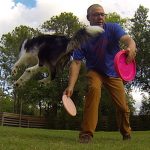 Release has many meanings in disc. Throws and throw variations can be referred to as releases. Sometimes you talk about the dog releasing something, the toy, or the environment, as in to stop... More. Once you have the behavior and a desire to do the behavior by pumping it full of cookies, you can simply remove the pumping full of cookies part and only pay the Release.
Release has many meanings in disc. Throws and throw variations can be referred to as releases. Sometimes you talk about the dog releasing something, the toy, or the environment, as in to stop... More. Once you have the behavior and a desire to do the behavior by pumping it full of cookies, you can simply remove the pumping full of cookies part and only pay the Release.
Solid execution of this technique leads to reduced arousal as the dog knows that once a duration behavior starts that only the Release (“Off”) will earn the reinforcement. “I Might as well chill here until she says,”Off…” and the over-aroused dog chills.
This is evident with Motown here as he sits patiently and waits for his release cue. Whew! It’s about time.






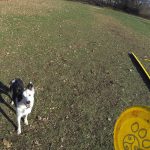
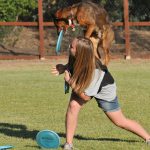
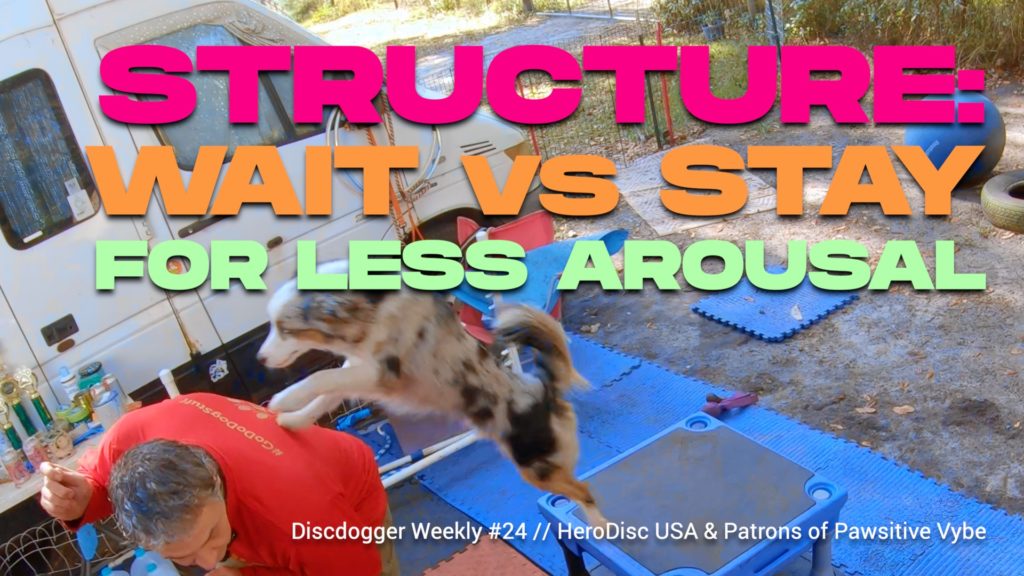


Responses